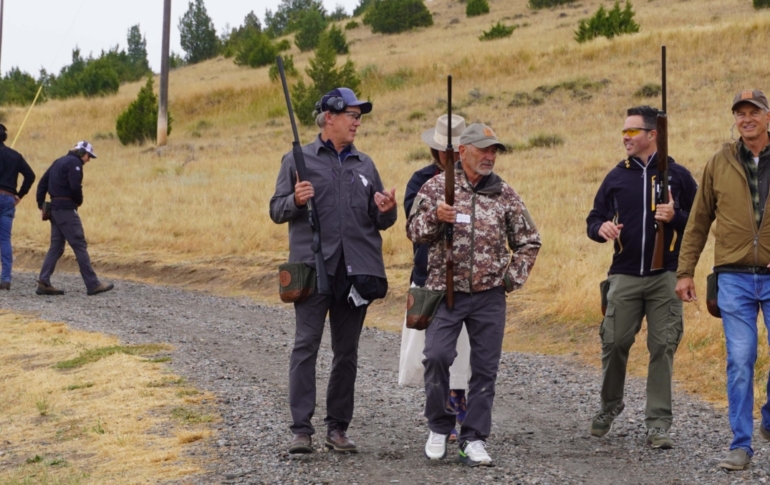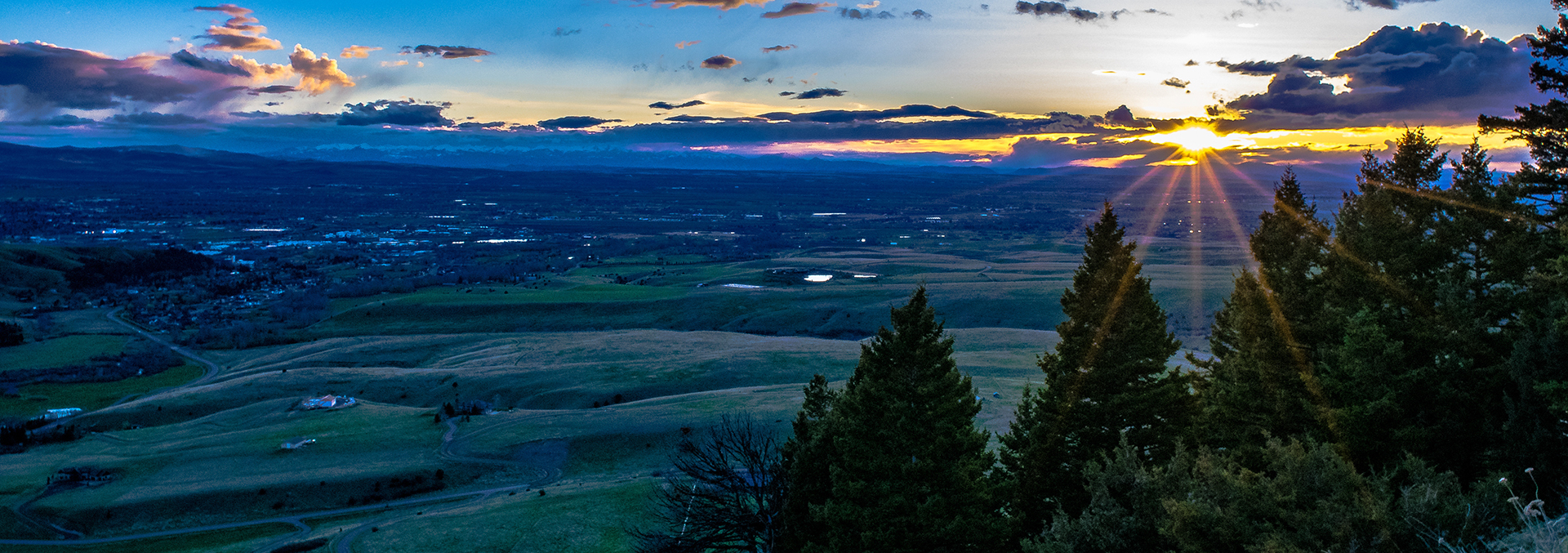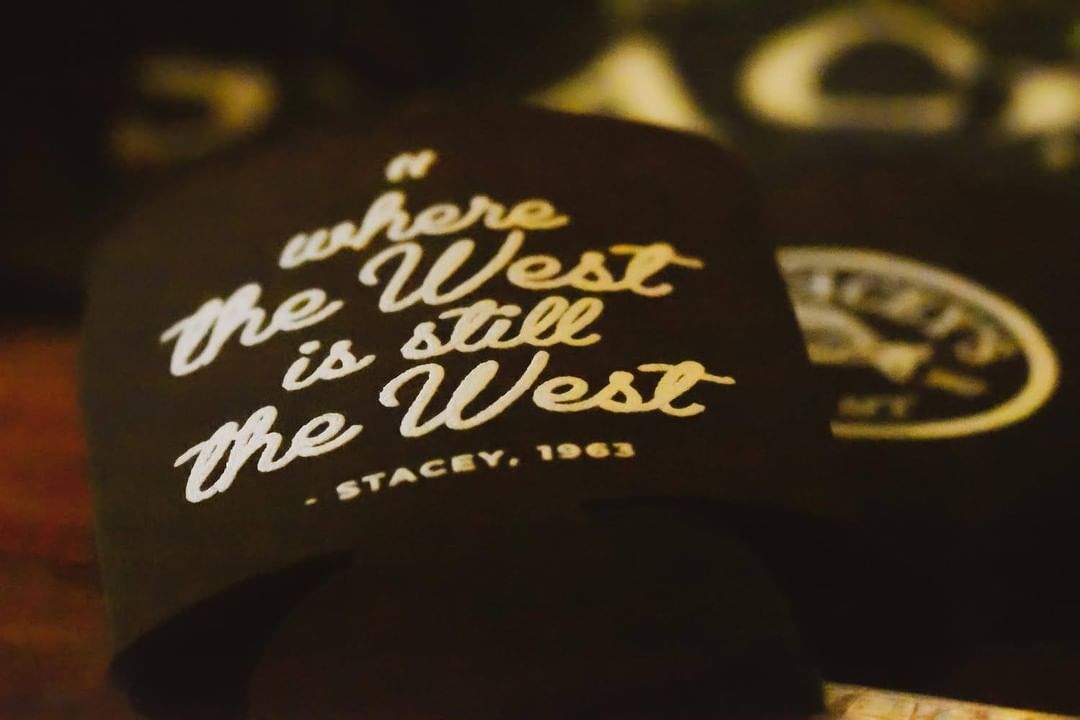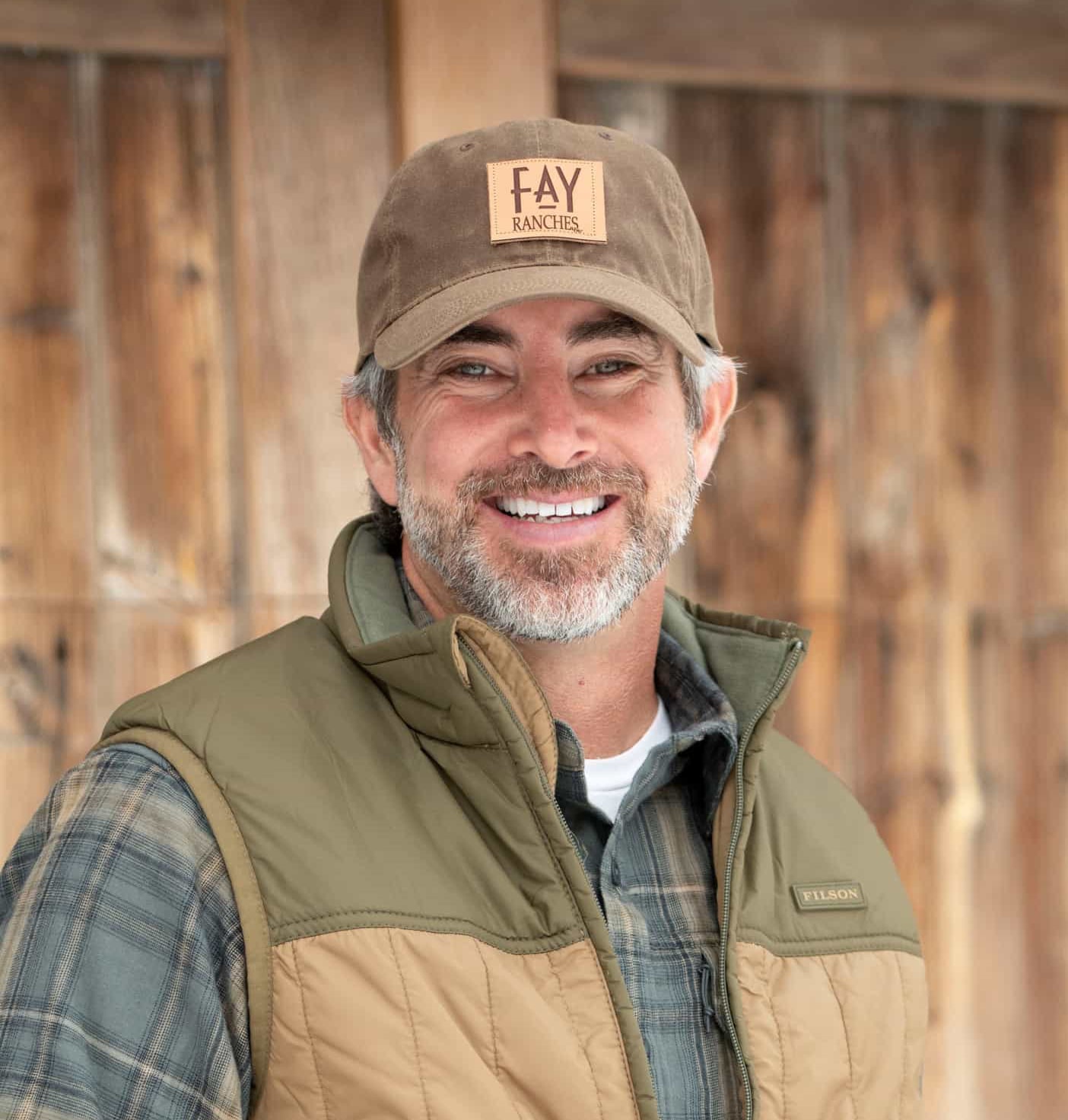Purchasing a Ranch Near a Modern Cowtown, Southwest Montana
By Ryan Bramlette, Ranch Sales, Licensed in MT
Today, Americans have more of a variety of lifestyles available, filled with choices that have emerged over the recent months. Many people are fortunate to have the ability to generate income from wherever their laptop and cell phone are plugged in, and their children can be educated virtually. With this newfound mobility comes the flexibility to live almost anywhere, at least part of the time.
I have seen this firsthand. Over the last year, I have worked with several clients who showed an increased urgency to own a place in Montana for temporary escapes from society’s ills or even for their families’ permanent relocation. The world’s challenges have forced the hand, but the technologies and our willingness to adapt have made dreams of owning land and making memories in places such as Montana a reality.
Experiencing Southwest Montana is a curious blend of looking into the future while feeling the past’s true-grit culture whether you are walking downtown, out on your ranch, or attending a local community event. Some readers may be familiar with Bozeman and the surrounding area as the popular TV show setting, Paramount’s Yellowstone. While the popularity for this part of Montana has intensified, Bozeman has been bustling for several years before its recent acting role. The economy is described as the most robust micropolitan economy in the country. According to several publications, the city itself, nearing 60,000 residents, is one of the fastest-growing of its size over the last several years.
The Bozeman-Yellowstone International Airport is the busiest in Montana. It continues to add direct flights from cities across the country to make the commute to and from the area quite convenient. A short 44 miles down the road, the humming resort community of Big Sky continues its transformation into a world-class, year-round mountain town, adding infrastructure to its growing community in addition to luxury hotels, high-end restaurants, and an expanding Mountain Village. A January 2020 Forbes article titled “Big Sky’s Got Big Plans, So You Better Book It Now” mentions how Big Sky “is on the map and on the verge.” This statement is on point. There are more skiable acres with the adjoining private Yellowstone Club than any other ski area in North America. The resort communities’ substantial growth plan is being executed at a high-level coining dynamic as Big Sky’s middle name.
As a ranch owner, it can be desirable to have amenities that come with these energetic communities close by to satisfy the entire family’s needs. However, several other factors have made Southwest Montana an appealing area to purchase land.
- Blue Ribbon Trout Waters. Many of the most epic trout fisheries worldwide run through Southwest Montana. The Beaverhead, Big Hole, Madison, Gallatin, and Yellowstone, to name a few, are all within a couple of hours from each other. Add to that the well-known and “hush-hush” spring creeks, and it makes sense that the movie A River Runs Through It was filmed in the Gallatin Valley.
- A Sportsman Paradise. Montana is well known for its abundant wildlife population, and Southwest Montana could be its epicenter. Elk, Mule Deer, Whitetail Deer, Bear, Big Horn Sheep, Pronghorn, and Mountain Goats are some of the Big Game present in the area, and world-class waterfowl and upland bird hunting exist throughout the region. The bottom line, Southwest Montana is THE sportsman’s dream.
- Yellowstone, the Park, not the TV Show. That’s right, here, the name Dutton refers to an actual town in Montana. Yellowstone, our nation’s first national park, is a 90-minute drive from Bozeman and roughly half of that from Big Sky.
- Ruth Chris Who? The cattle industry is prevalent across the state. So are your options to find a good steak. Steakhouses like the historic Stacey’s in Gallatin Gateway, Open Range on Bozeman’s Main Street, and Buck’s T-4 in Big Sky will not disappoint your palette, nor your guest experience. If the perfect tenderloin is not on the menu for the night, do not fret. The culinary options are endless here in Big Sky country.
- It is Still “Country”. Bozeman is cool, but many of our clients already live-in hip cities like Austin, Seattle, New York City, and Nashville. These folks are thirsty for a different culture. The type of experience you can only get in small western towns with deep roots.
- There is a drinking town with a fly-fishing problem, known as Ennis, 50 miles from Bozeman. Ennis is also home to an annual Fourth of July Rodeo that everyone should experience at least once.
- Another 15 minutes from Ennis is Virginia City, an old western ghost town full of history. Catch a live comedy show Brewery Follies or shop the local candy store that has been around since 1969.
- 20 minutes East of Bozeman is where you will find the outdoors community of Livingston, filled with cowboys, artists, and fly anglers.
- From Livingston, find and follow the East River Road to a 120-year-old Chico Hot Springs, a world-famous natural hot spring resort that has executed the “good old days” feel with modern comfort. Where else can you eat at a five-star restaurant and sleep in a Conestoga wagon on a cool summer night? If a resort isn’t your goal, there are 5 additional natural hot springs within 100 miles of Bozeman.
- Other small towns such as Dillon and Twin Bridges to the south and Big Timber to the East offer authentic, yet unique, cultures specific to small Montana ranching communities.
- Winter is as splendid as summer. There’s a reason we draw more than 250,000 visiting skiers each year. Big Sky Resort and its adjoining neighbors of Yellowstone Club and Moonlight Basin certainly deserve the recognition. However, the smaller ski areas provide a local vibe and excellent snow in their own right. Bridger Bowl is 16 miles from Bozeman’s main street, and Maverick Mountain, Red Lodge Mountain, Discovery Ski Area, and Lost Trail are all within quick striking distance. There is nothing better than experiencing a bluebird day on the mountain and laying your head down in your own bed at night.
- Income generation. Tourism is a leading industry in Southwest Montana. For all the reasons above, and more, people want to spend time here. This dynamic creates a built-in income source for landowners that want to offset some of their costs. Leasing out the fishing and hunting to outfitters, providing wedding venues, and VRBO’ing the guest house are all common ways to leverage the opportunity.
- Encourage conservation. At Fay Ranches, we believe in conservation; it is part of our core values that were established nearly thirty years ago. As of 2021, it is known that more than 2500 Montana landowners have protected their lands through conservation easements, making the state a national leader in that regard. For new owners, this provides an opportunity to conserve more land and benefit from tax deductions if done correctly.
In a region lined with old and new Lucchese’s, fly-rods, Stetson’s, and pick-ups, newcomers are quickly becoming aware of our developing world-class ski resorts, attractive culinary scene, and wide-open spaces. With all that said, we are still known for having more cows than people, and we like it that way.

Joette Schalla, ALC, Land Broker of the Year by Colorado RLI Chapter
Fay Ranches is proud to recognize the outstanding achievement of our own Joette Schalla, ALC, who has been named Land Broker of the Year by the Colorado Chapter of the REALTORS® Land Institute. This prestigious award highlights the exceptional professionals in the land industry who demonstrate expertise, leadership, and an unwavering commitment to their clients […]

Breaking Clays, Building Futures: Fay Ranches at the First Annual FRCF Clay Shoot
On August 27th, the Fay Rural Community Foundation (FRCF) hosted its first annual Clay Shoot, bringing together 66 participants across 17 teams for a day of sport, camaraderie, and purpose. Despite the rainy weather, the event raised more than $24,000 to support rural communities. For Fay Ranches, this event was more than a fundraiser. Our […]





